New York City is impossible to ignore in the cultural lexicon of travel. It constantly stars in movies and books, and it’s among the most visited destinations in the world. The city’s influence extends far beyond the five boroughs, hitting every corner of America, including the pizzeria up the street from my house in western Colorado. Yet, surprisingly, even as a travel editor who regularly traverses the globe on story assignments, I’d never visited New York City until a conference finally pulled me in a few weeks ago.
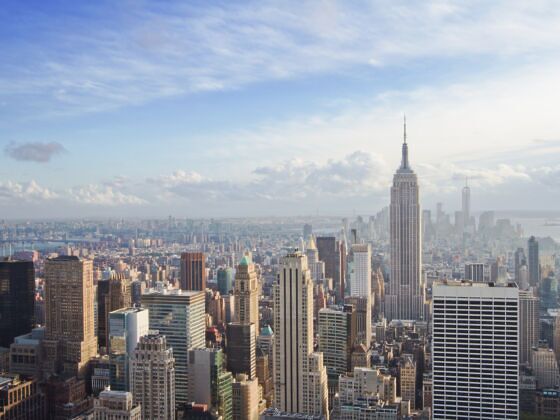

3 Takeaways From a Travel Editor's First Time in New York City
The simple reason why is that I prefer to be surrounded by mountains rather than concrete and steel. Many of my travels take me to other mountainous areas, and my reporting frequently focuses on environmental conservation and outdoor recreation. New York City is hardly a bastion of public lands.
However, a deeper reflection shows that explaining the real reason I’d never visited America’s largest city requires more vulnerability. Maybe, just maybe, I was nervous. I’d heard and read about the city my entire life but never seen it. For years, I blindly told myself it wasn’t for me. “I’m not an East Coast guy,” I’d reason. “I probably don’t know how to properly conduct myself there, and anyway, I can’t dress the part to even try.”
New York City proved me wrong on most fronts, save for my assumption that Times Square and a few other over-touristed spots are better off being skipped. These are my key takeaways from my first trip to New York City.
New York City is a model for taking back streets from cars
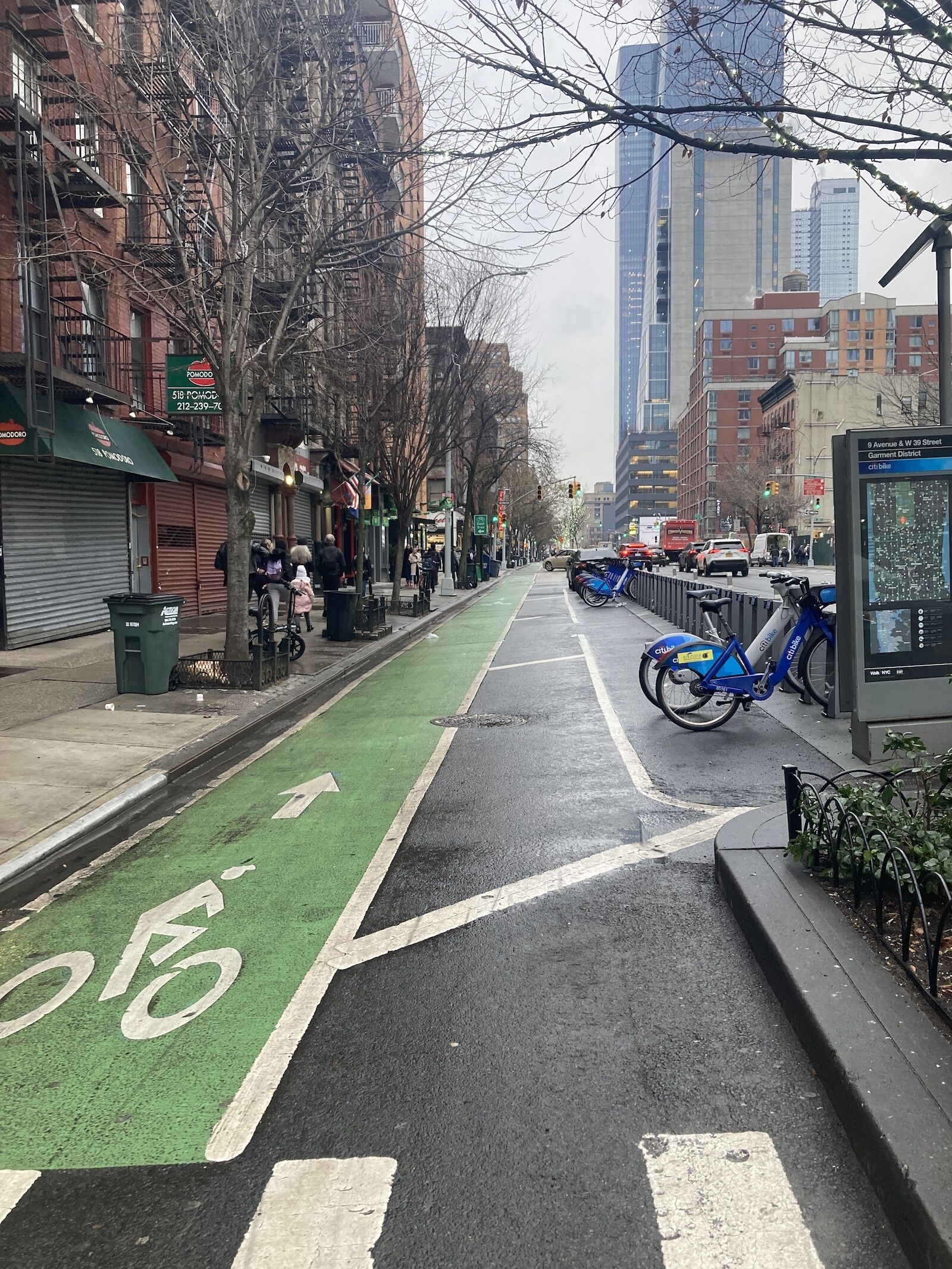
With bike lanes like this, I found myself wondering why you’d want to be on the other side of the divider at all. Photo: Tim Wenger
For a long time, I’d mentally confined myself into being the vagabond journo who’d never been to New York City. It became part of who I was. “What? You’ve never been to New York?” colleagues would say, and I weirdly treated this as a point of pride. “I don’t really like American cities, too spread out and homogenized, so I don’t prioritize visiting them,” I’d say. Even though New York is densely populated and has famously efficient public transit, I reasoned that there was no way it could stack up to my hoity-toity requirements for urban jollification, which generally require a city to be dense, vibrant, and have efficient public transit.
It took 52 minutes after landing at La Guardia to disprove this theory. Within that time, I’d walked through and exited the airport and walked into my hotel near Times Square. I traveled from Queens into the heart of Manhattan — as the time neared rush hour — entirely by bus and subway. It required less effort than what it takes me to ride the bus across the region where I live. I’d researched how to get into the city from La Guardia via transit before arriving, but the act of doing it was so easy that all my research was a waste of time — and that includes the transfer from the Q70 bus to the E line. I needed only to follow the signs placed consistently en route.
I frequently read in the New York Times about issues with the city’s subway system. These articles are stuffed with quotes from public officials and citizens bemoaning this or that hiccup that caused them a slight inconvenience on their way to work. To this, I say, “Revel in your transit, New Yorkers.” The four days I spent there proved how incredible the MTA is. Every single city in America, save perhaps Chicago, should follow in your footsteps.
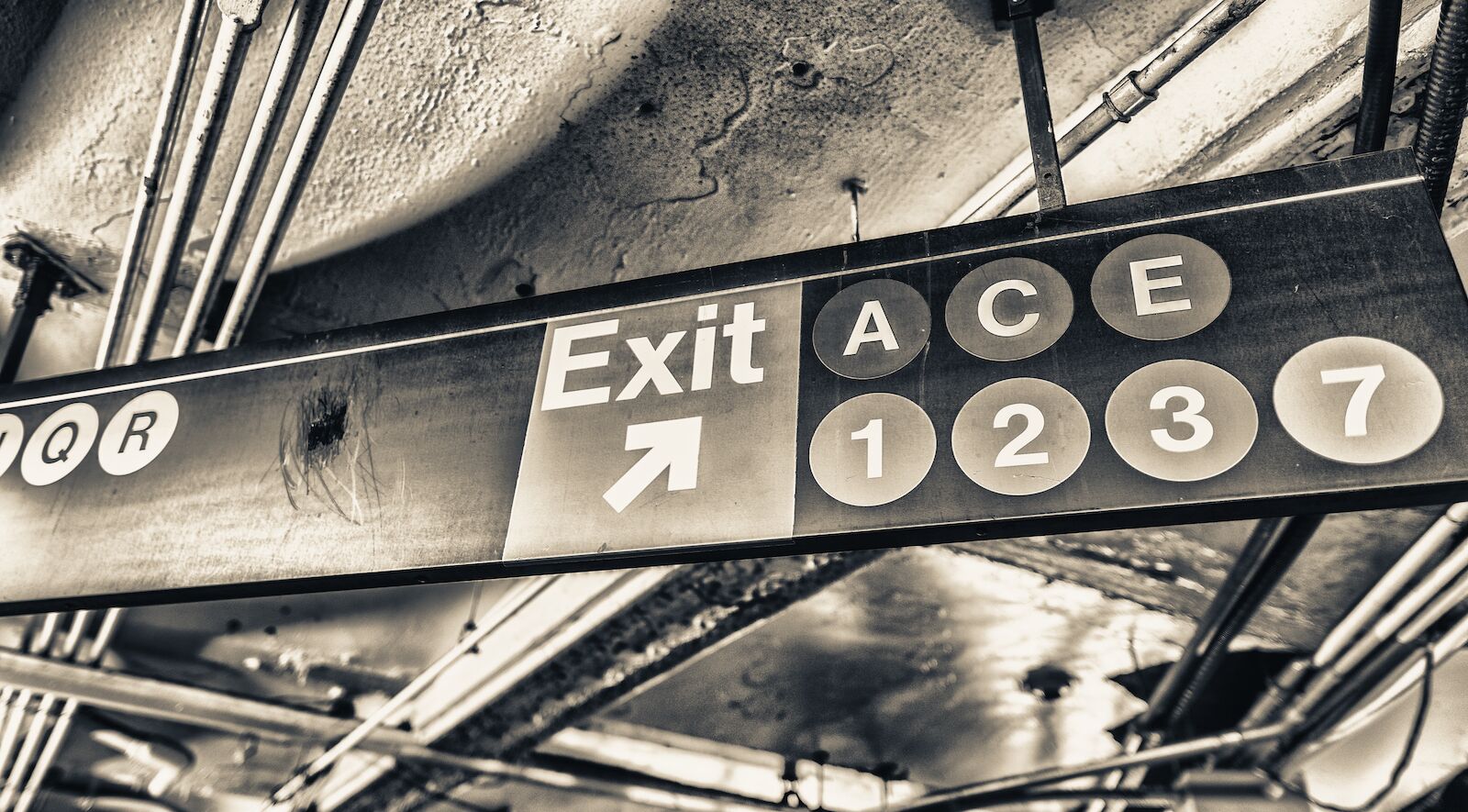
Navigating public transit in New York is so easy. Photo: pisaphotography/Shutterstock
The Port Authority bus terminal station where I disembarked the E line is far more interesting than Times Square. Here is a true representation of efficient city life. All walks of life are present, and you could book and then depart for a bus trip to just about any point east of the Mississippi right from the terminal. I walked around the station in awe of its usefulness (street food, newsstands, lounge areas, oh my!), and the city’s plan to completely refurbish the station to make it even more productive and efficient is a perfect example of how tax dollars and grant funding should be spent on public infrastructure projects.
The same can be said for the city’s separated bike lanes. Throughout Manhattan, New York’s efforts to “take back the streets” from cars are obvious. Even as a newcomer, I’d be comfortable biking around the city knowing that there’s often a buffer between myself and the cars, and even when there isn’t, that there’s at least a dedicated lane that’s wide enough for two-way bike and pedestrian traffic. I felt inspired seeing delivery drivers and commuters on e-bikes throughout the day and night.
Friends often tell me that I walk too fast. In the small town where I live, that’s likely true. But in New York, I jived with the hurried foot traffic and didn’t find it to be rude or intimidating, as I’d heard. If cities are going to give more space to pedestrians and encourage car-free transportation, those pedestrians have every right to get where they’re going quickly, too.
Bourdain wasn’t lying about New York being the “big leagues” of dining
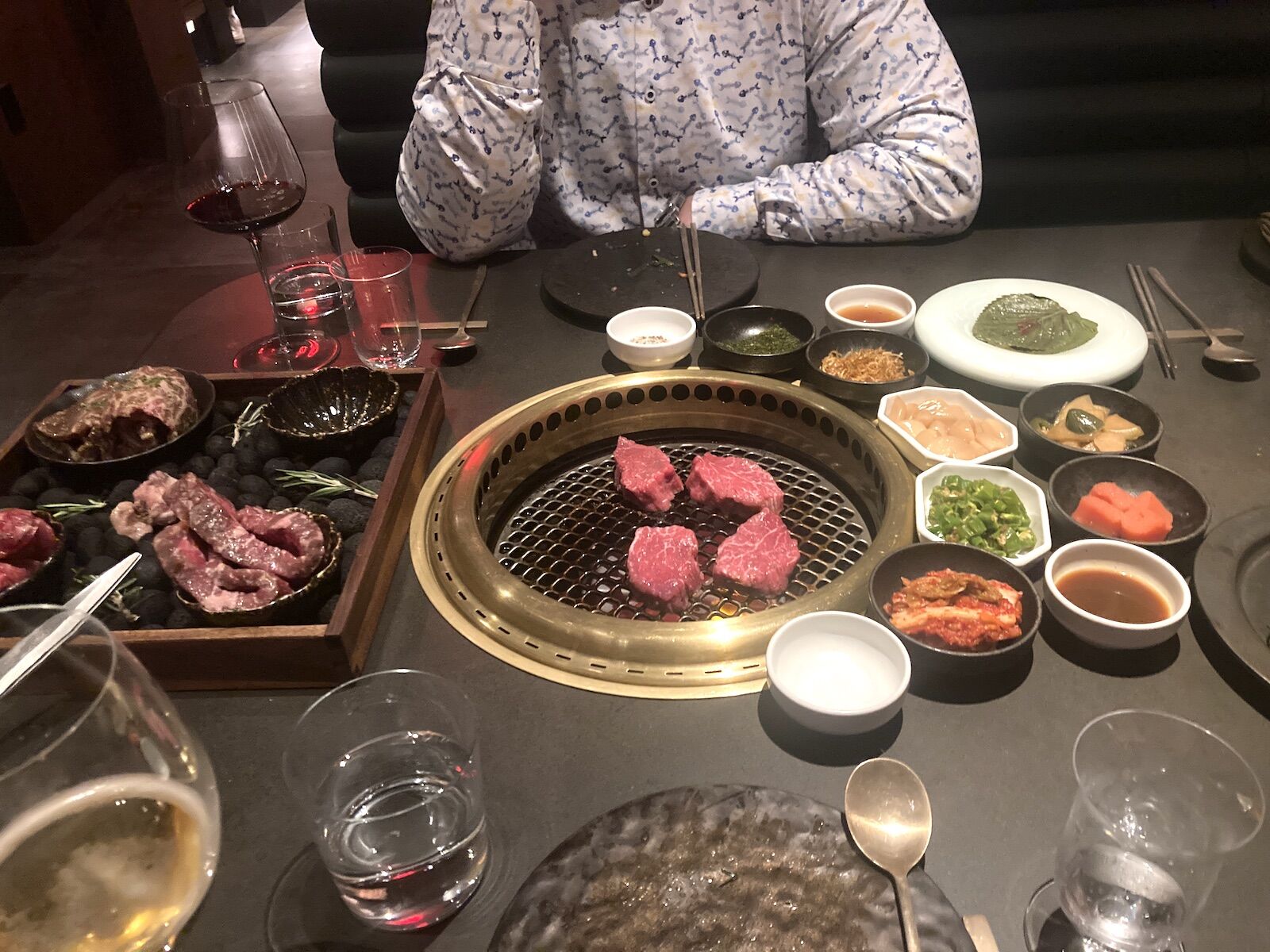
None of our party went hungry on this night. Photo: Tim Wenger
There are things about New York that didn’t resonate with me. First, I simply don’t get Times Square. Not because it’s crowded or full of flashing lights — the entire city is that way — but because I just don’t understand the point. I walked through it the first time without even realizing that’s where I was and had to check Google Maps afterward to make my way back because I wanted to “see” it. The second time through, I stood there looking around trying to figure out what all the hype was about. I never answered that question.
I found this to be true of other landmarks, as well. The time spent posing for selfies in Times Square or walking by the Ed Sullivan Theatre should instead be spent indulging in the city’s bar and restaurant scene. Within two blocks of my hotel, and within that same distance from everywhere we went, there were bars that teemed with life beginning in the early afternoon. I’d heard the New Yorkers prefer to spend time in social environs rather than the tight quarters so many of them live in, and this creates one heck of a bar scene.
The fact that New York City is home to many of the world’s best chefs and restaurants — as well as an incredible street food scene, perfect bagels, and epic pizza — is common knowledge. But I learned on my trip that it’s impossible to understand just how on-point the city’s dining culture is without trying it out. On my first night, I went with a few other journalists to dinner at Ascent Lounge, operated by City Nights Hospitality and located in The Shops at Columbus Circle on the west side of Central Park. Here, we dined on ginger-soy chicken lettuce wraps, crab cakes, truffle mac and cheese bites, and mango chipotle barbecue chicken skewers that were on par with any I’ve had along the Mediterranean. I drank a smoked Old Fashioned, which felt appropriate as we gazed out large bay windows at the 59th Street high rises towering above the park. I realized at this moment that this is the experience fine cocktail lounges in other cities seek to replicate — here, though, you’re getting the original. I ordered a Manhattan for the next round, just to confirm.
Two nights later, I sat with other Matador staffers at Anto Korean Steak House as our server grilled four types of Korean barbecue on the table’s gas grill. The cuts included galbi, a beef short rib dish that’s the chef’s specialty, which remained perfectly tender even when grilled well done, as the Korean barbecue tradition calls for. The meal stood out in two ways. First, the restaurant tells an elevated story of owner Tony Park and the city’s K-Town by preparing traditional Korean barbecue recipes as freshly as possible — mains can be paired with geotjori, or fresh kimchi made to order, and the collection of side dishes known collectively as banchan is prepped for the table. Second, there was plenty of food to go around. As we took slices of barbecue from the grill, the server added more, and the banchan was replenished throughout the experience. As “fine dining” so often means small plates and tasting menus, it was refreshing to leave the restaurant satiated. Of course, a few bottles of soju shared by the table helped.
The city is almost impossible to fully grasp, and that’s its charm
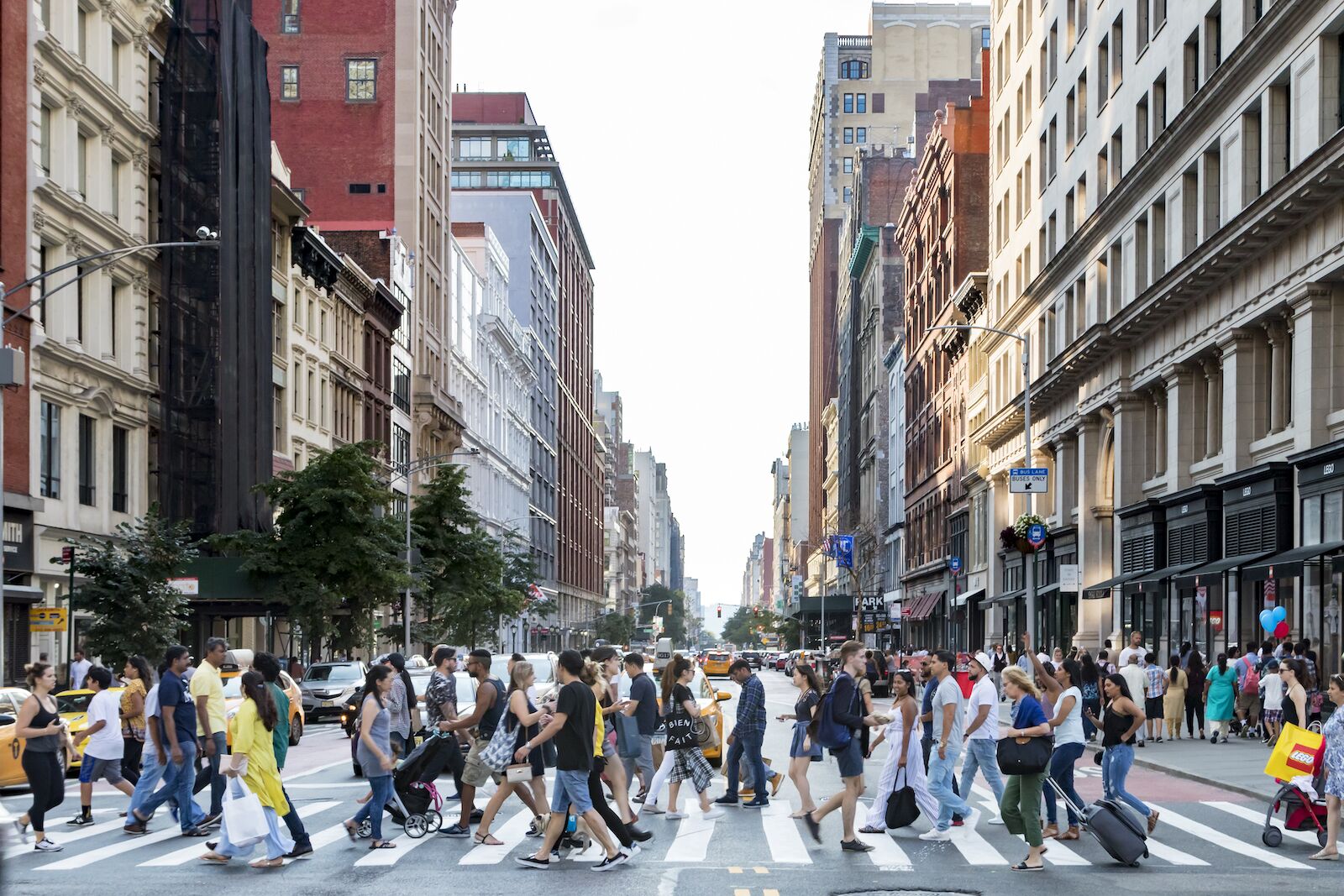
Photo: Ryan DeBerardinis /Shutterstock
I played a game at my hotel in New York. Each morning, as I sat over coffee in the lobby, I’d attempt to identify all of the different languages being spoken around me. I never won the game. That’s a good thing, I decided, not because of my inability to properly distinguish between the tongues but because it proves that the city is still the beacon call that it’s always been for our country’s values of inclusivity and openness. When abroad, I take a strange comfort in not being able to completely understand what’s going on around me — whether the languages being spoken, the way a place is laid out or decorated, or the reasoning behind local social customs that I try to learn but frequently falter at. My general discontent with visiting US cities, I realized, isn’t just because I can’t get everywhere via transit for $2.60 but also because everything is so mundane to me. I don’t have to try to get by, and there’s no personal growth happening. New York City is a glaring exception to that rule. Yes, speaking English got me everything I needed, but I was far from the standard visitor. In this city, I doubt that there is one.
As lame and cliche as it is to “like” New York, I admit that I do. What I like about it is that urban efficiency and authenticity here are so ingrained in daily life that it’s easy to take them for granted. This is what most other major US cities want but can’t seem to grasp — and it’s the result of generations of influences from around the world coalescing into one hectic urban flow. My stay was brief, but in those few days I found myself questioning my judgment of other US cities — perhaps if I looked more closely, even at places I’ve spent a lot of time including Salt Lake City and Denver, my hometown, I’d uncover more nuance, and appreciate more of the effort being put in by local community groups and governments to make their cities more community-centric for residents, and more enticing places to visit.
New York is the melting pot that’s been promised to America since its inception, where cultural isolationism and austerity were long ago banished to make way for a continuous stream of ideas, tastes, smells, languages, and lifestyles — to each their own and for the betterment of all. For a travel editor, there’s no better story to tell.